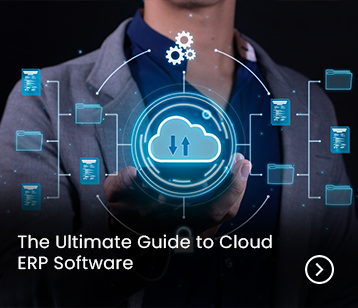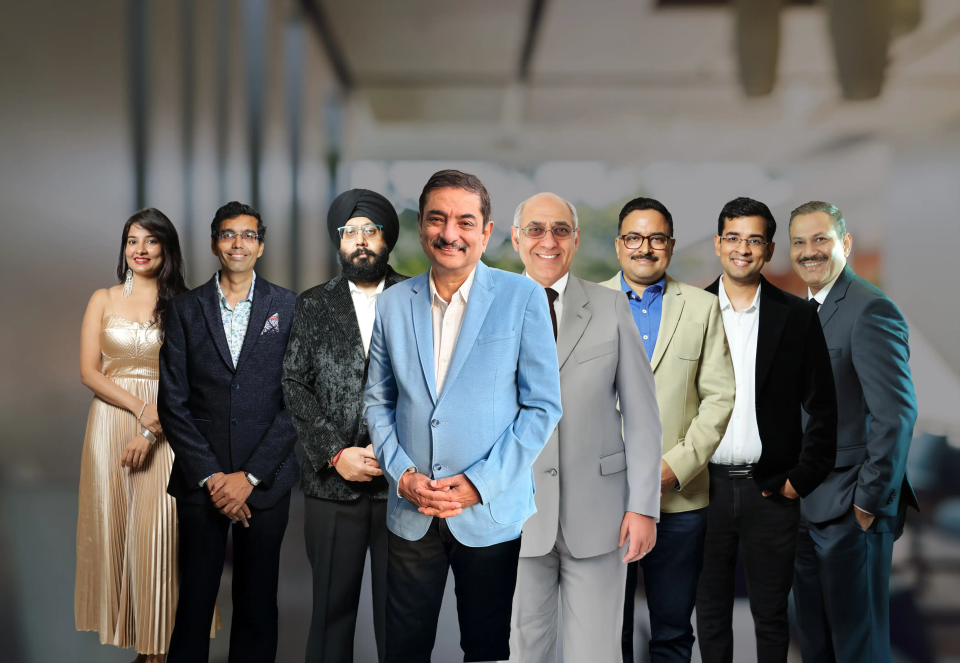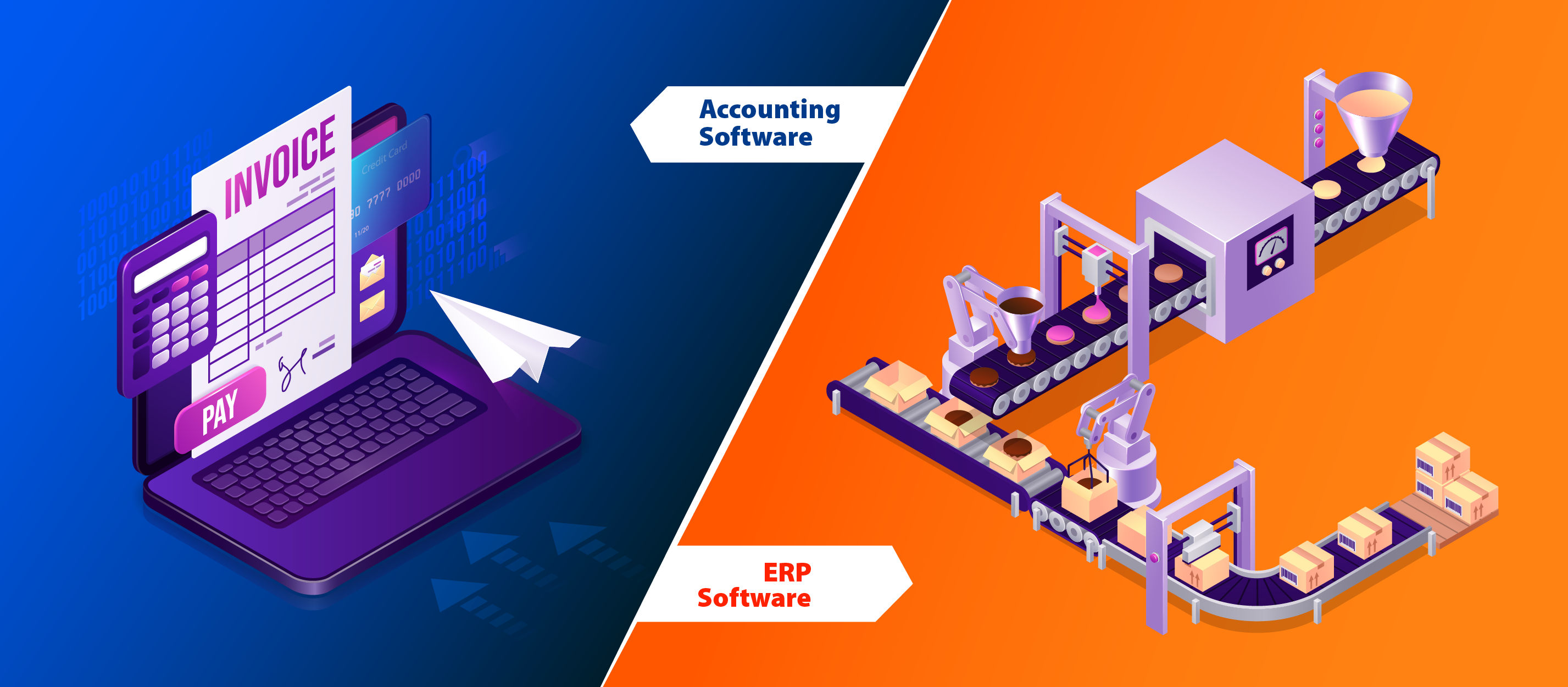
In the year 1999, the entire world was gripped by the Y2K fear. It was widely speculated that the whole of world will be affected by the ‘millennium bug’, which basically referred to the inability of computers to recognize the dates beyond December 31, 1999, since the computer systems were programmed in a certain manner.
There was so much of hype around it; so much so that it was almost seen as an ‘end-of-the-world’ type phenomenon.
The general perception was that the Y2K bug will cause major chaos around the world, which resulted in countries investing millions of dollars in preparing for it.
However, it turned out to be a bug that could not bite. The date changed from December 31, 1999 to January 01, 2000 quite seamlessly in the computer systems world over.
There were some minor glitches and headaches here and there, but nothing major really happened anywhere. The world did not end.
The memories of the Y2K bug have been brought back by a recent announcement in the ERP space; one that has triggered a feud of sorts between “Big ERP” and “Big Maintenance”.
What’s Big ERP & Big Maintenance?
Here, Big ERP refers to the vendors like SAP and Oracle. Both are ERP giants, and take the top two positions when it comes to market share in the ERP space.
These two firms are also the trendsetters, with others invariably following them on what they do.
Big Maintenance refers to the large third-party ERP maintenance providers.
Many businesses opt for third-party maintenance for their ERP solution taking different factors such as cost, legal considerations, the complexity of customization and upgrades, modification to the current system or use of the older version of the software, etc., into account.
What’s the matter?
Coming back to the announcement, SAP made the world aware of its “2025 Deadline” some time back. It refers to its decision to terminate the support for all of its widely used legacy products such as ECC 6 ERP and R/3 platform in the year 2025.
And even as its main rival Oracle has not made any such announcement with respect to its JD Edwards platform, it has reportedly been almost forcing its legacy customers to the Cloud.
Although not quite the same as the Y2K bug, the “SAP 2025” deadline threat may be a very similar analogy to what the business world is facing now.
The Y2K bug had threatened to disrupt the global IT infrastructure with shutdowns. As a result, many businesses had to go through massive upgrades and system replacements, thinking the world could literally come to an end on January 1, 2000.
In all probability, the same is going to be the case for all the major companies around the world that are legacy SAP customers. To make, or not to make the switch, and what exactly is going to unfold come January 1, 2026, is one thought that’s going to haunt them in the near future.
But what exactly is the ‘Big ERP – Big Maintenance’ feud all about? What has happened is that the market in general, and the ERP customers in particular, have turned sceptic with respect to the motives of Big ERP, i.e. SAP and Oracle, and their commitment towards global manufacturing industries.\
The stakeholders including large third-party ERP maintenance providers and customers are increasingly getting nervy about the fate of the current systems, and are even questioning the viability of the replacement ERP platforms (especially SAP’s S/4HANA), and the high costs involved in successful ERP implementation.
These third-party “Big Maintenance” providers, in particular, have claimed that businesses are being compelled to give up their existing ERP system and moving on to another so that the Big ERP vendors can satisfy their selfish profit motives, and that it should be the customer’s choice whether to move to the new system or not.
They also allege that the “Big ERP” vendors like SAP and Oracle have essentially built their business models in such manner that their customers become forever captive to one proprietary technology.
This has led to a nasty legal battle between the two parties; one that hasn’t remained classified anymore with its details coming out in public domain.
Big ERP, on the other hand, have also taken a swipe at the third-party ERP maintenance providers, asking their customers not to put their software investment at risk with third-party support vendors that can’t be trusted to ensure their technology investment is fully protected, and future-ready, and instead to keep faith in Big ERP as they alone can help the customers take advantage of new technology to drive business innovation and growth.
What are the implications?
This is going to have massive implications for manufacturing businesses that are running older systems, and for the ones that are nearing end-of-life support.
They will be staring at the prospect of maintaining the soon-to-be-obsolete technology as long as possible, facing insurmountable costs of moving to a new and yet-to-be-proved ERP platform, and the complexity as well as the long period required for a successful ERP implementation, as a six-year transition may not be realistic for large, complex organizations.
The ERP transformations of such scale usually take years to prepare, map, and alter the business process, and get architecture in place before even moving the technology.
Attempting such big a move before 2025 without being transformation-ready or having a change management mechanism in place, is a perfect recipe for disaster.
This is one of the risks of SAP S/4HANA implementations, or for any successful ERP implementation for that matter.
At the same time, a Big Maintenance contract will work absolutely fine for your business for a few years. But what then? What after that? It could well be too late by then.
Who wins, who loses?
Big ERP or Big Maintenance — who is right, who is wrong? The answer depends on which side of the spectrum you are.
The bigger, and the more relevant question is that do the businesses have a third way out of this situation?
The businesses that are “chained” to “Big ERP” already have myriad challenges in front of them.
There are market pressures & changing trends to deal with, and technological and competitive disruptions to worry about.
It is amidst such times that the businesses need to make the tough call; to bite the bullet and take a call on whether they will go for the move taking the cost, risk, security, business future and other related considerations into account, or will they just go with the flow and take on the future challenges with the existing infrastructure? Or ask themselves — is there a third way out?
The way out
Neither side will tell you there is actually a third way out. To excel in this era of dynamic, rapid, and disruptive changes, as well as stiff competition, the enterprises need to become adaptive.
And to become an adaptive enterprise, the businesses need an adaptive ERP; one that is intelligent, connected and agile.
An ERP that can be deployed at any number of sites anywhere across the planet; measured in months rather than years; comes at a fraction of a cost as compared to the “Big ERP”; and is scalable enough to meet your current as well as future business needs.
Get in touch with our experts today to know about one such solution for process manufacturing businesses.




















